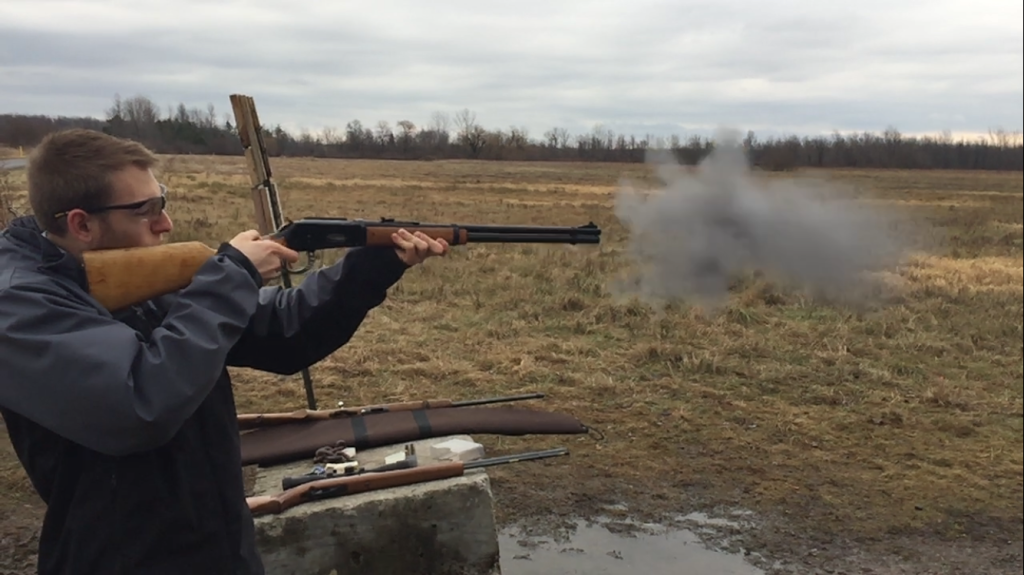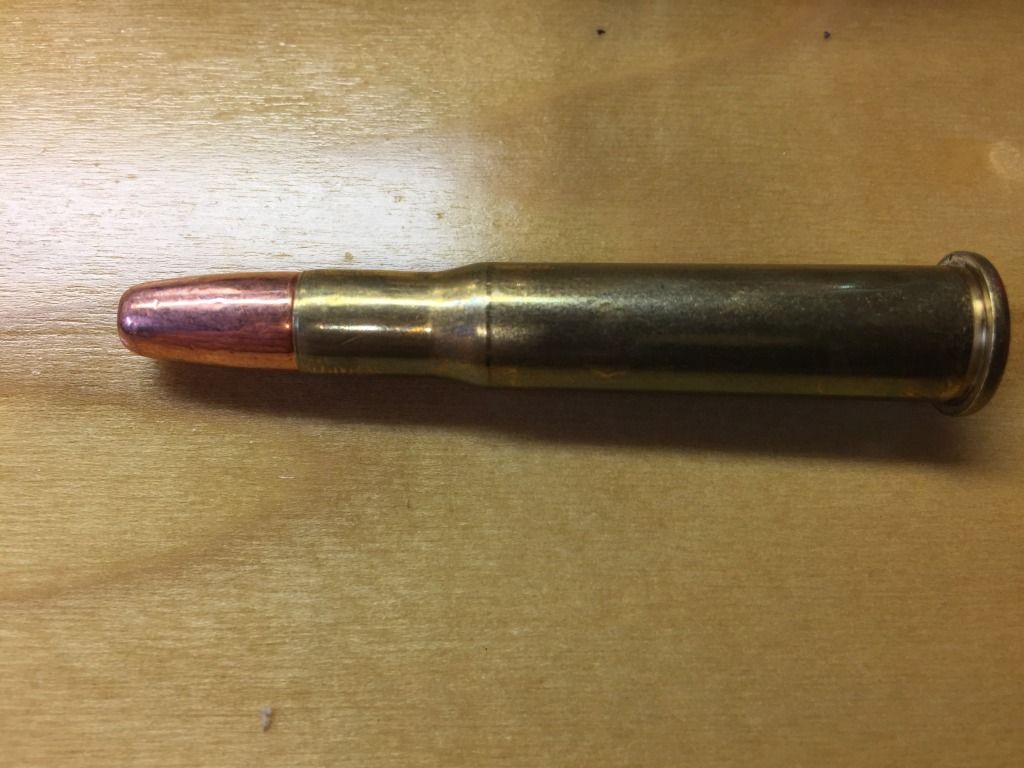I recently started reloading, my first cartridge being 30-30win. I seem to have a couple problems (or at least they seem like they could be) with my loads.
1. Cratering of primers
2. Grey smoke on higher loads
I made up a batch using 2 sources; the Hornady reloading book and the Lyman; Both being the newest versions. the batch contained 10 reloads using the Win 748 powder. Two at 31.9 grains, two at 32.0 grains, two at 34.0 grains, and up to 35.9 grains. Each has extremely similar primer indents and the 35.0 and 35.9 loads created a lot of grey smoke. Here are some pictures to give an idea:



I was using CCI large rifle primers No. 200 and as I said, Win 748 powder that I had just bought. Also, I trimmed every case at or slightly shorter to the trim-to-length. I also made sure each bullet was at the recommended OAL (over-all length). I used these in my Winchester model 94 made in 1968. Each case fed and ejected with ease, also no apparent extraction marks. The cases were varied of hornady, Winchester, RP, Federal as apparent in the pictures. Every bullet was made with a lee 'factory crimp'. I don't believe they were over-crimped. This is how each were crimped:

Also, it should be noted that the bullets were copper plated 150 gr .308 diameter bullets from xtremebullets.
The data in the Lyman states for 150gr jacketed bullets w/ 748 that starting load is 32.0gr and max is 36.5 gr.
Hornady manual states that starting load is 32.0 gr and max is 38.9 gr.
If I can provide any more information possible, I will try. Please help to let me know if this is something I need to take caution of or if it can be ignored.
I also have heard if the firing pin hole is slightly too large, it can cause something to mimic cratering and/or the firing pin not hitting hard enough.
1. Cratering of primers
2. Grey smoke on higher loads
I made up a batch using 2 sources; the Hornady reloading book and the Lyman; Both being the newest versions. the batch contained 10 reloads using the Win 748 powder. Two at 31.9 grains, two at 32.0 grains, two at 34.0 grains, and up to 35.9 grains. Each has extremely similar primer indents and the 35.0 and 35.9 loads created a lot of grey smoke. Here are some pictures to give an idea:



I was using CCI large rifle primers No. 200 and as I said, Win 748 powder that I had just bought. Also, I trimmed every case at or slightly shorter to the trim-to-length. I also made sure each bullet was at the recommended OAL (over-all length). I used these in my Winchester model 94 made in 1968. Each case fed and ejected with ease, also no apparent extraction marks. The cases were varied of hornady, Winchester, RP, Federal as apparent in the pictures. Every bullet was made with a lee 'factory crimp'. I don't believe they were over-crimped. This is how each were crimped:

Also, it should be noted that the bullets were copper plated 150 gr .308 diameter bullets from xtremebullets.
The data in the Lyman states for 150gr jacketed bullets w/ 748 that starting load is 32.0gr and max is 36.5 gr.
Hornady manual states that starting load is 32.0 gr and max is 38.9 gr.
If I can provide any more information possible, I will try. Please help to let me know if this is something I need to take caution of or if it can be ignored.
I also have heard if the firing pin hole is slightly too large, it can cause something to mimic cratering and/or the firing pin not hitting hard enough.
